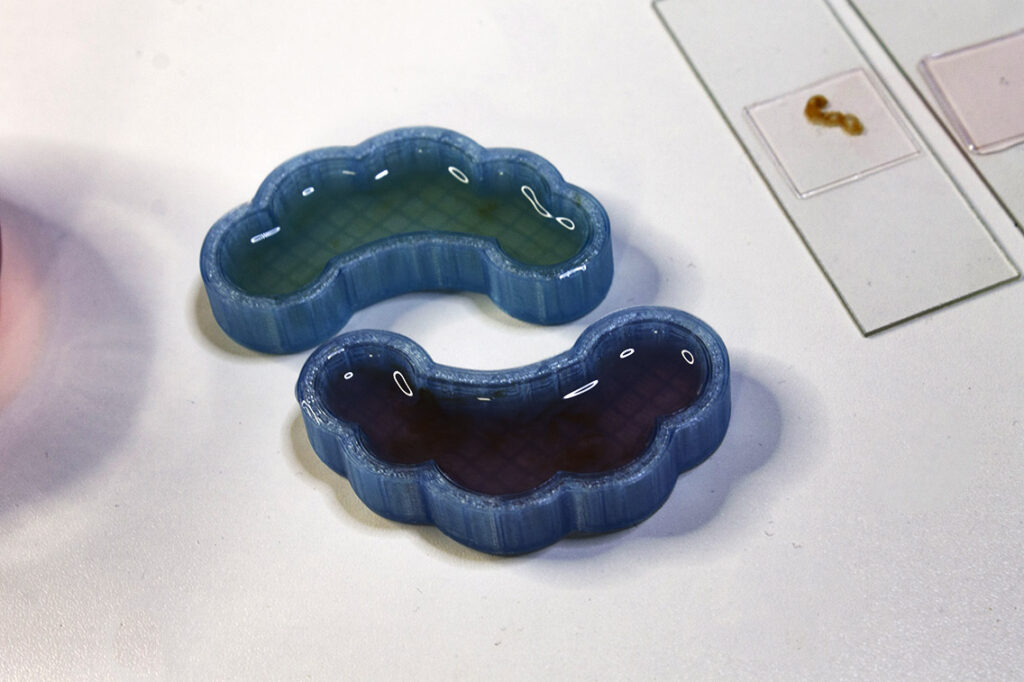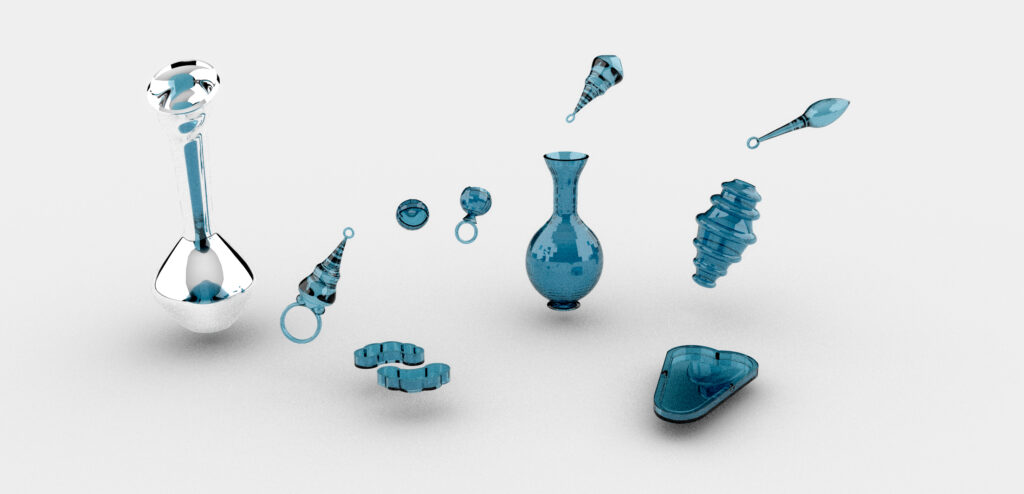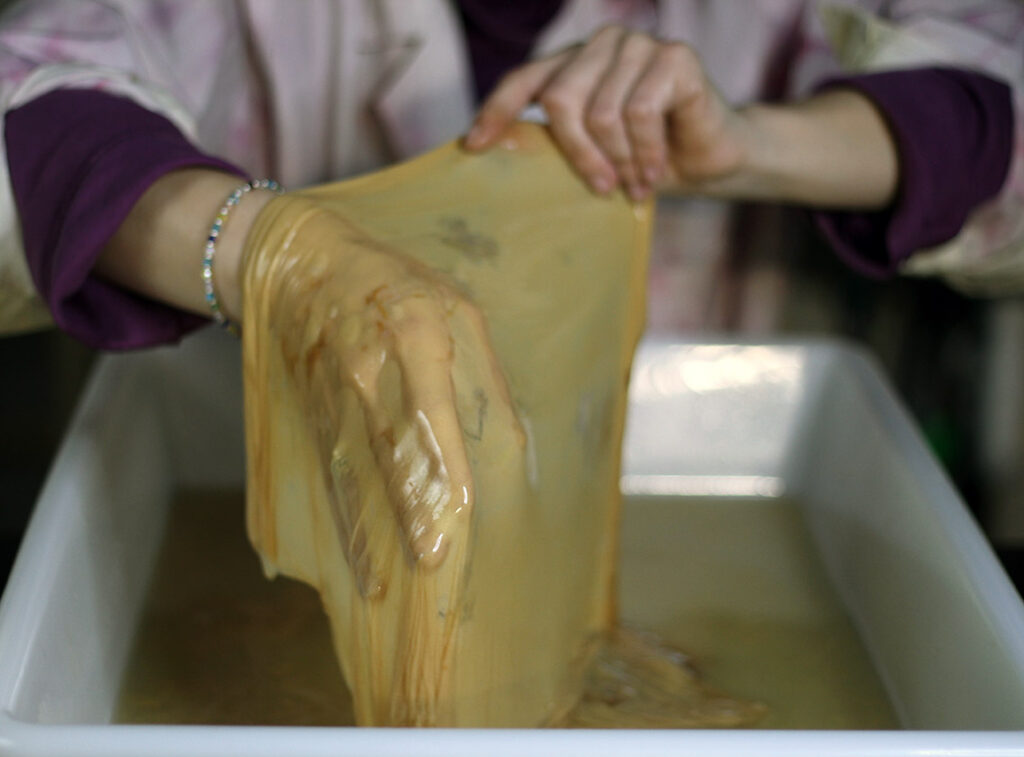When I came across Marisa’s work I was very fascinated by the complexity & variety of her work and her impressive resume and I wanted to learn more about what exactly she does.
Marissa is a multidisciplinary artist, designer and researcher that works in the intersections of visual art, biodesign and biological and medical arts.
In her artistic practice she adopts processes, techniques, materials and equipment that are related to DIY Biology, biofabrication and biotinkering.

Hey Marissa, I would love to learn more about what bioart is and your experiments with bioart.
In the past 2 years I have been a part of a feminist collective called the bioart coven. Even before that, I was flirting with the idea of DIY Biology which is a necessary skill to acquire since bioart has to do with practising biology outside of the walls of a traditional lab or academic institution.
Bioart or biological arts, is essentially art that is made with living organisms (bacteria, mycelium, all sorts of human and plant cells) and it involves using materials, processes, equipment, techniques and methods from microbiology, anatomy, cell culture and many other branches of the life sciences. Bioartists are also usually activists, biohackers and multi/interdisciplinary artists. These are my definitions, however there is quite a bit of bibliography around biological arts.
In my experiments with bioart I experiment with the microbiome (the microbial communities that live in different areas of the body) and its cultivation techniques, by extracting bodily fluids and studying them, using biomaterial textiles as microbial and interspecies scaffolds and many more. I am also flirting with the idea of biotinkering when experimenting with cultivated or grown materials like bacterial or microbial cellulose, the byproduct of the fermentation process of the Kombucha drink.

What was your background?
I started from medical art and from a research perspective I was interested in learning about the anatomy of the human body and communicate science through art. I also wanted to use live organisms in my art practice, learn how to make prototypes of wearable devices and new materials, make open source hardware equipment for my diy biolab and get my experiments done wherever I go.
What drew you in the field of medical art?
As a child I was fascinated by scientific and medical illustrations and anatomical models. I was always wondering who are these people that make these artworks and how do I become one of them.
Unfortunately I did not have such role models while growing up, however, with my mother being a dentist I think I have always had this curiosity about the human body that kept growing and growing.
This curiosity is what gives me the drive to further investigate the body and brought me to the place where I am today as a human being and as a professional.


What are the uses of medical art?
Medical art has a huge variety of applications which makes it a fascinating discipline. In the industry, a variety of artistic mediums are being utilised.
You can be an illustrator, illustrating various complex anatomical and surgical concepts for educational purposes, you can made 3D models and animations, you can also sculpt and model in wax and clay or use any other digital fabrication and rapid prototyping techniques too. Medical artists are visual communicators of medical and biological concepts to a variety of types of audiences.
What really fascinates me though, is the history of the intersections of these disciplines (art and medicine and more broadly of the arts and sciences), the study of medical humanities and the development of medical technologies in combination with sociocultural analysis.

How your work affects the way you perceive the world and the relationships you form with other people?
For me, the world is full of visible and invisible connections and every little natural or unnatural wonder that is being carried on can teach us a lot about ourselves and our relationships with other/s, matters of power, resistance, cooperation ane symbiosis.
We are in symbiosis and in dysbiosis with other humans but also more than humans (I use this term because I do not wish to use the term non humans to describe animals, plants, microbes and other species). I think that having more than just human relationships teaches us to cultivate our relationship with ourselves and the greater collective sense of care through processes like cultivation, fermentation or through observing, participating and the nurturing processes that are experienced through these processes.

Tell us about your last project, Open Source Body Project. How do you imagine the future of self care, the open source health/care and how the relationship between patient/doctor will be in the future.
The OSB project is my final project for fabricademy, a 6 month journey which I just recently completed. I had 3 months to develop my final project and decided to start my mini diy biolab and toolkit during this time with the OSB project.
The project is a manifesto, a way of practising biological arts, a way of life and an ongoing project. It involves the development of a mini diy biolab and toolkit that contains recipes, open source hardware or labware (a microscope i made and an orbital shaker), 3D printed bodily fluid containers, inoculation loops for cultivating bacteria and biomaterials in combination with natural dyes.
The goal was to fabricate, cultivate and craft my own biotechnologies through the techniques and processes of biofabrifation, digital fabrication, biotinkering, DIY biology and the making of biochromes (natural dyes). In this way i wanted to explore and speculate upon this scenario of how do we create our own biotech through these processes.
I imagine a future where the patient is not a client but an active participant in their own health and in their own bodily explorations and a world where we can create our own technologies and not choose the path of technosolutionism in which sort of implies that technology is the only way to fix our bodies that are perceived as broken and diseased.
These experimental and maybe sometimes speculative scenarios can help us imagine a place where humans develop, utilise, modify and customise biotechnology in combination with biofabrication to dictate their own health/care future. Imagine being able to cultivate your own skin care for example and at the same time form interspecies relationships with the microorganisms, observe them, nurture and learn to take care of them and at the same time cultivate a greater sense of personal and interspecies care.
The whole idea stems from the principles and manifesto of the project which states that in using these processes along with open source principles, the care and knowledge can be shared, disseminated and cultivated.

Body parts, hormones and all sorts of biological and medical care is open source nowadays, and in saying that, I began imagining a place where diy health/care is empowering us while allowing us to gain more bodily autonomy, to create our own bodily instruments to (auto)explore and create our own biotechnological narratives of life.
This scenario can change patriarchal and traditional patient doctor relationships that view the patient as a broken and passive or helpless being that is unable to take care of themselves, to become more autonomous in the way we care about our ourselves and others around us, and what solutions we use to repair the present and the past.
What is self care for you personally & how do you integrate self care in your everyday life?
Technology is transforming the way we take care of ourselves, the way we view ourselves, but also the way we observe and monitor ourselves in a biotechnological manner. For me the sense of self care or even care in a collective sense is a concept that is affected by technological as well as sociocultural factors of course.


For me self care is linked to care for and work with microbes, plants, fungi and all sorts of living organisms as you will probably understand from the project too. I strongly believe that we can learn a lot from our invisible and visible interspecies relationships and adopting a biodesign approach to my artistic practise but also in everyday life can maybe show us new ways of taking care of ourselves and others.
It is like taking care of a plant but imagine doing it in in a slightly different realm, scale and materiality such as cultivating microorganisms, or mycelium, or even cultivating your own materials.
What are your future plans?
My future plans are many to be honest. One of them is to spread my knowledge on diy biology, bioart and biodesign through academic and non academic workshops on the island, but also to keep on traveling, exhibiting, collaborating, living, and networking. In addition, one of the biggest dreams is to actually work with like minded individuals from all sorts of disciplines and also make a publicly accessible biolab or biofabrication lab that will welcome all kinds of people of all types of ages.
Where can someone see your work?
We have had a long exhibition with my peers from fabricademy on some metro stations in Bilbao actually! Also 2 of my pieces from the OSB project, a bacterial leather glove that was cultivated, dried and post treated, that was then lasercut in the pattern of a glove and hand sewn, along with a perspex case specially designed for some vaginal pH monitoring pads, will be exhibited during the Milan design week, in Isola design district. You can learn more about my project here.
I also have my MedArtCabinet studio in the centre of Nicosia. My studio houses all my art including my super tiny jewelry brand Silver lining jewels.
In my studio I do everything, from writing and research, to making jewellery, weaving and designing. I would love to exhibit my OSB (open source body) project somewhere on the island so maybe an exhibition could be on the way at some point in the next few months.
Apart from being an active artist and designer, I have been researching and writing, giving classes or workshops around the themes of medical bodies (named after the online program I created in 2020 with the school of machines in Berlin), medical art and creative biology. I am particularly interested and inspired by the feminist technoscience and activist and artistic collectives such as the GynePunk.


Leave a Reply